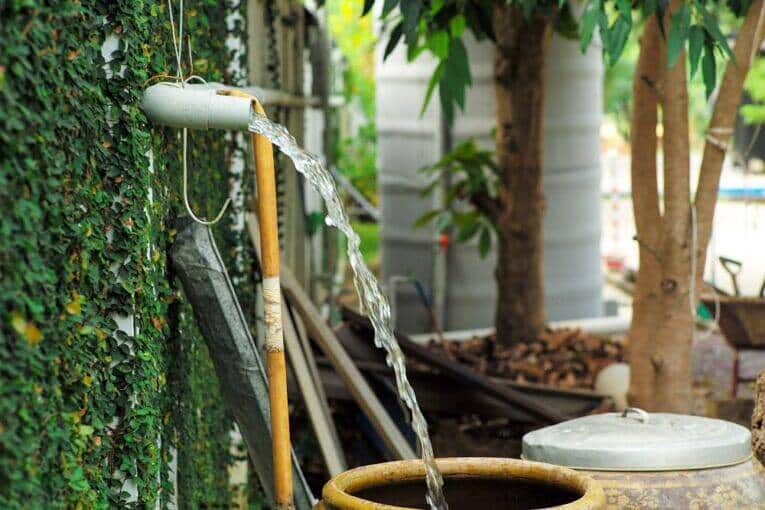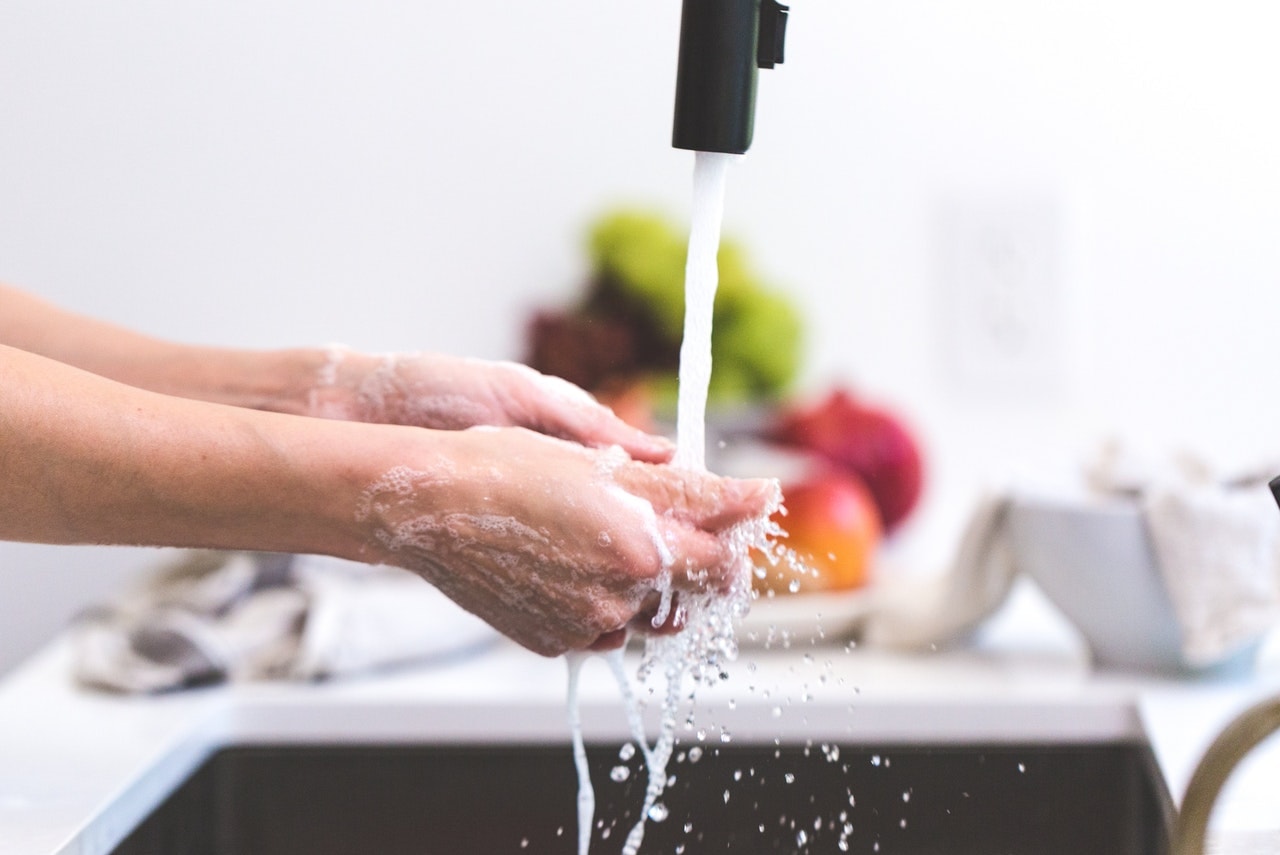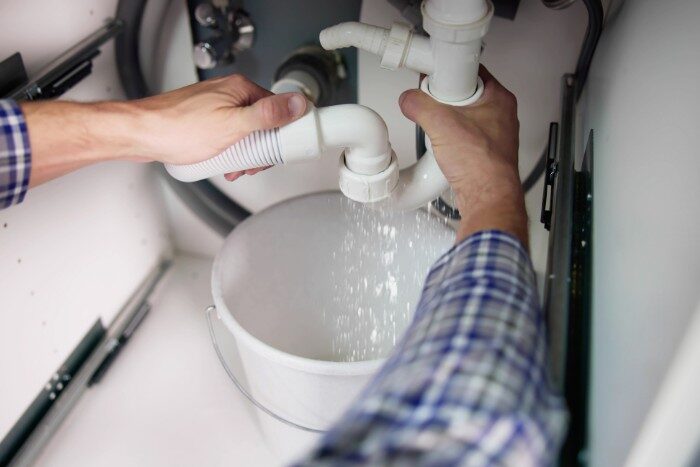
Eco Water Saving Devices: A Smart Solution for Tech Pros
Share
In today's rapidly evolving technological landscape, the integration of innovative solutions into everyday life is no longer a luxury but a necessity. For tech professionals and enthusiasts, the adoption of eco water saving devices not only represents a commitment to sustainability but also a step towards a smarter and more efficient lifestyle. This article delves into the world of water-saving technology, exploring how these devices are transforming homes and businesses, and why they should be a staple for anyone invested in the future of tech.

Understanding the Importance of Water Conservation
Water is an invaluable resource, yet its scarcity is a growing concern worldwide. As tech professionals, embracing water conservation is crucial. According to the EPA's WaterSense program, adopting water-efficient practices can significantly reduce water consumption, leading to both environmental and economic benefits. By integrating eco water saving devices into our daily lives, we can make a tangible difference in preserving this vital resource.
Top Eco Water Saving Devices for Tech Enthusiasts
Smart Irrigation Systems
Gone are the days of manually watering your garden. Smart irrigation systems use weather data and soil sensors to optimize watering schedules, ensuring your plants get the right amount of water without waste. For those interested in ways to conserve water at home, these systems are a game-changer.
Water-Saving Showerheads
With advanced technology, water-saving showerheads can reduce water usage by up to 50% without compromising on pressure. These devices are perfect for tech-savvy individuals looking to make their homes more eco-friendly. Explore more on the best ways to save water in your daily routine.
High-Efficiency Toilets
High-efficiency toilets (HETs) use significantly less water per flush compared to traditional models. With features like dual-flush technology, these toilets offer an effective way to minimize water usage in your home. Learn how to save water in the kitchen and beyond with smart solutions.
Leak Detection Systems
Leak detection systems are a must-have for any tech enthusiast. Using sensors and advanced analytics, these systems can detect leaks early, preventing water waste and potential damage to your home. For businesses, check out insights on reducing water usage effectively.
The Role of IoT in Water Conservation
The Internet of Things (IoT) plays a pivotal role in enhancing the capabilities of eco water saving devices. By connecting devices to a centralized system, users can monitor and control water usage remotely, making adjustments as needed. This level of control not only maximizes efficiency but also provides valuable data that can be used to further optimize water conservation efforts. The integration of IoT in water management is a promising development, offering a glimpse into the future of sustainable living.
Challenges and Considerations
While the benefits of eco water saving devices are clear, there are challenges that tech professionals might face when integrating these technologies. Cost is often a barrier, as the initial investment for smart devices can be high. However, the long-term savings on water bills often justify the expense. Additionally, the complexity of installation and the need for ongoing maintenance can be daunting for some users. It's important to weigh these factors and consider partnering with professional services that specialize in smart home installations.
Conclusion
For tech professionals and enthusiasts, the adoption of eco water saving devices is more than just a trendit's a commitment to a sustainable future. By leveraging technology to reduce water consumption, we can make significant strides in environmental conservation while enjoying the benefits of a smarter, more efficient home. As we continue to innovate and develop new solutions, the role of technology in water conservation will only grow more important.

FAQ
Are eco water saving devices expensive?
While the initial cost of eco water saving devices can be high, their long-term savings on water bills and environmental impact often justify the investment.
How do smart irrigation systems work?
Smart irrigation systems use weather data and soil sensors to optimize watering schedules, ensuring efficient water use and preventing waste.
Can IoT be integrated with water-saving devices?
Yes, IoT integration allows for remote monitoring and control of water-saving devices, maximizing efficiency and providing valuable data for further optimization.
